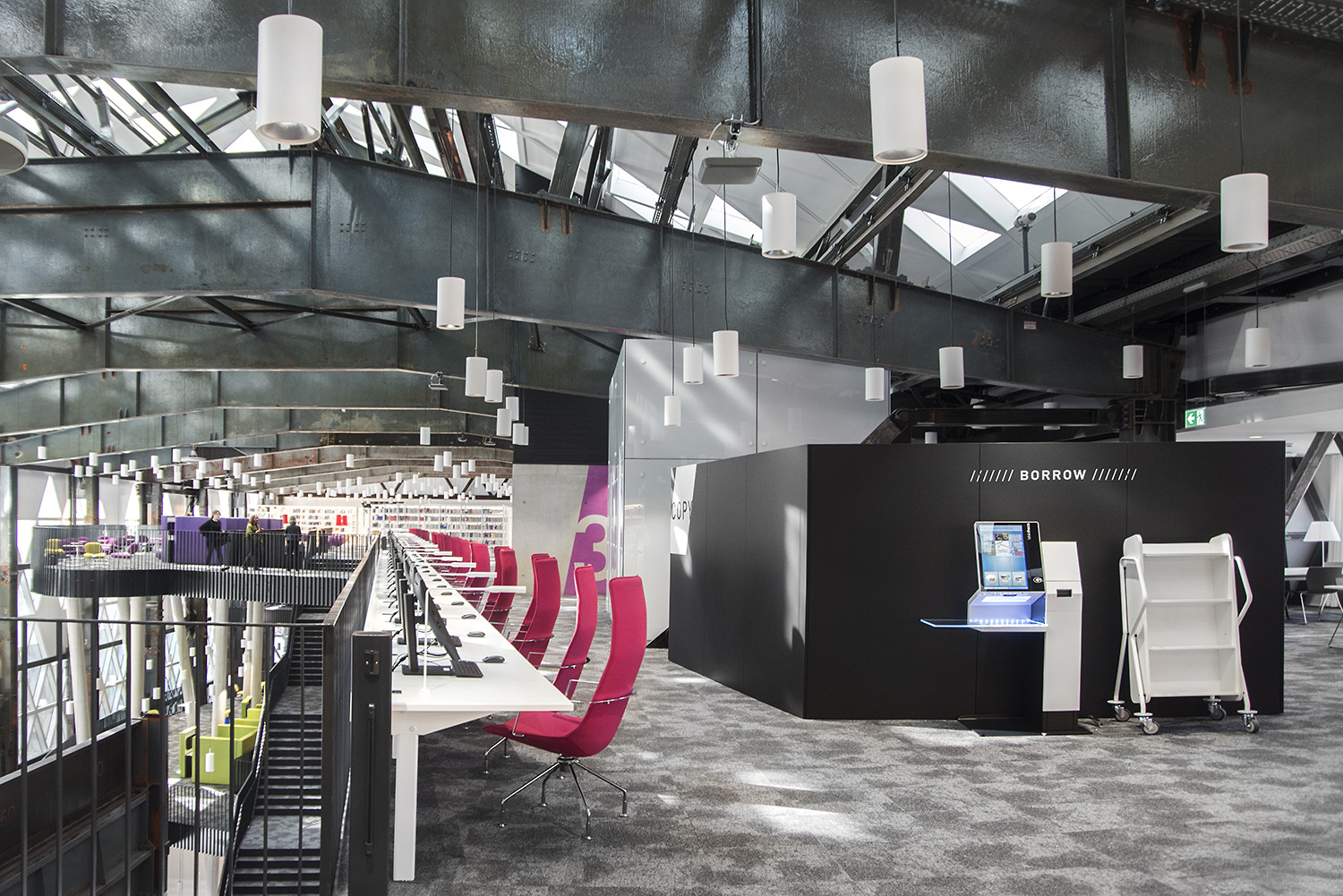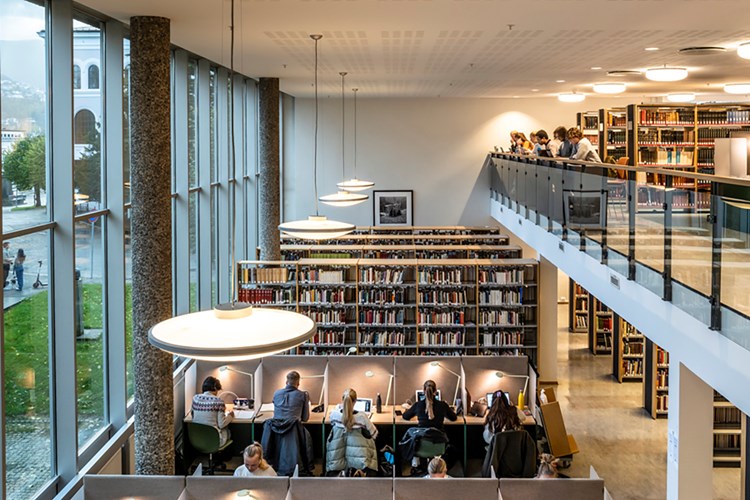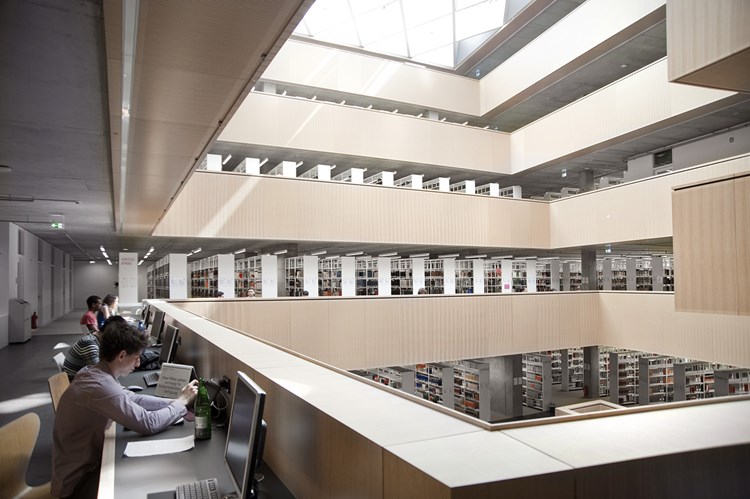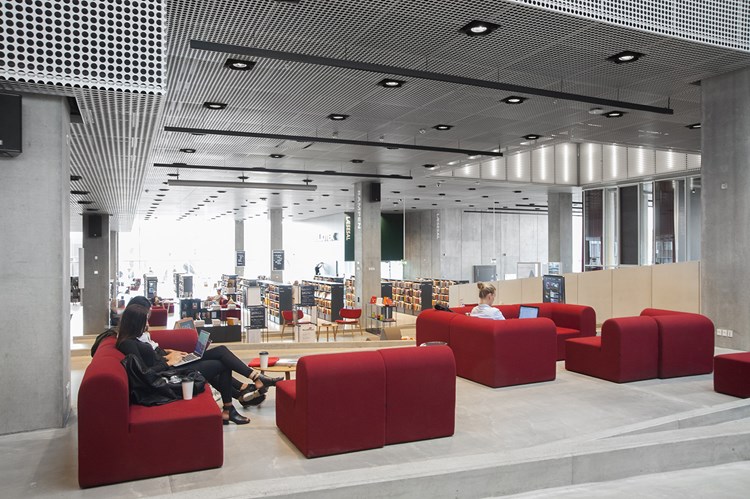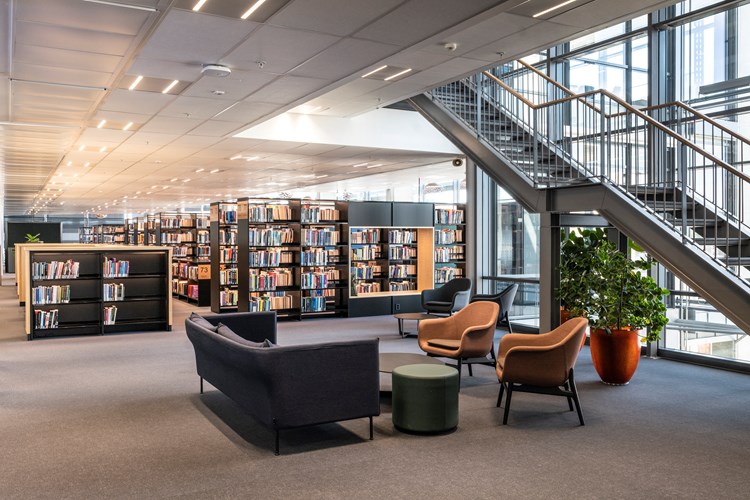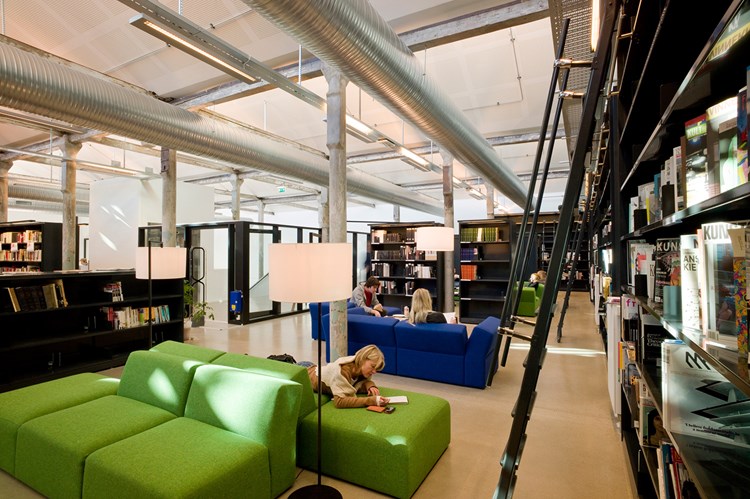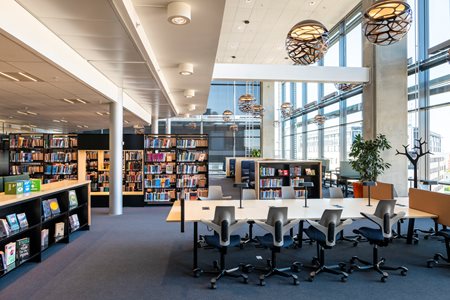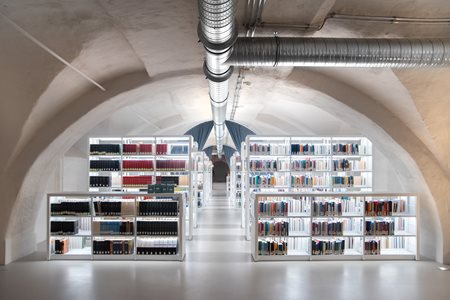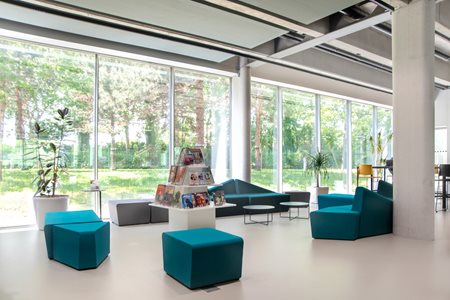Study environments in libraries
Create the perfect environment for students
Creating an optimal study environment in the library is about understanding the needs of students. This includes everything from lighting and ergonomic furniture to technology that supports learning and collaboration.
It also involves understanding how students interact with their environment. Many require flexibility to choose the type of workspace that best suits their needs at any given time. Study environments are particularly prominent in academic libraries but can also be integrated into public libraries and school libraries.
Libraries offering various zones—from quiet study areas to more dynamic group spaces—give students the opportunity to choose what works best for them.
Zones
Different study areas in libraries
One of the most critical considerations when designing study environments in libraries is dividing the space into zones. It's not just about finding a table and chair; it's about creating a structured and inspiring atmosphere that supports students' needs.
Some students prefer to study at home, while others prefer to collaborate in groups. When planning the design and layout of an academic library, it's essential to accommodate different study needs. There should be quiet study areas where students can focus and study individually, as well as social areas where they can discuss and collaborate.
Zones can be divided in many ways. For example, there can be quiet areas for individual study work, focusing on concentration, as well as open areas for group work, where discussion and collaboration can take place. Other zones may be dedicated to creative activities or relaxation, allowing students to take a break from their studies and recharge.
University of Bergen, Library for Humanities, Norway
Darmstadt University and State Library, Germany
Dokk1, Aarhus, Denmark
School of Economics BI, Oslo, Norway
Flexibility
The advantage of individual study work and group work
Both individual work and group work have their advantages in a library. Individual study work allows for concentration and focus in quiet surroundings. It often requires a quiet area with no disturbances, where students can immerse themselves in reading and assignment writing without interruptions.
On the other hand, group work is an essential part of many study programs. It facilitates collaboration, idea generation and discussion, often leading to better understanding and solutions to complex problems. In the library, there should be dedicated areas where groups can gather and work together without disturbing those working individually.
The library as the "Third Place"
A home away from home
For many students, the library is not just a place for studies but a "third place"—a home away from home. The library offers a safe and calm atmosphere where students can work without distractions but also feel part of a community. It's a place where they can focus on their studies in a professional and relaxed environment.
The concept of the "third place" is not just about physical comfort but also mental health. A library that provides a comfortable and supportive environment can help reduce stress and promote concentration and productivity.
For some students, having a quiet corner with a good reading lamp and comfortable seating may be sufficient, while others may need a range of technological resources to get their work done. Therefore, it's important to strike a balance in the design so that the library can accommodate both those needing technological assistance and those preferring a more minimalist study environment resembling home settings.
Kunsthøgskolen, The National Academy of the Arts, Norway
 Shopping basket |
Shopping basket | 


